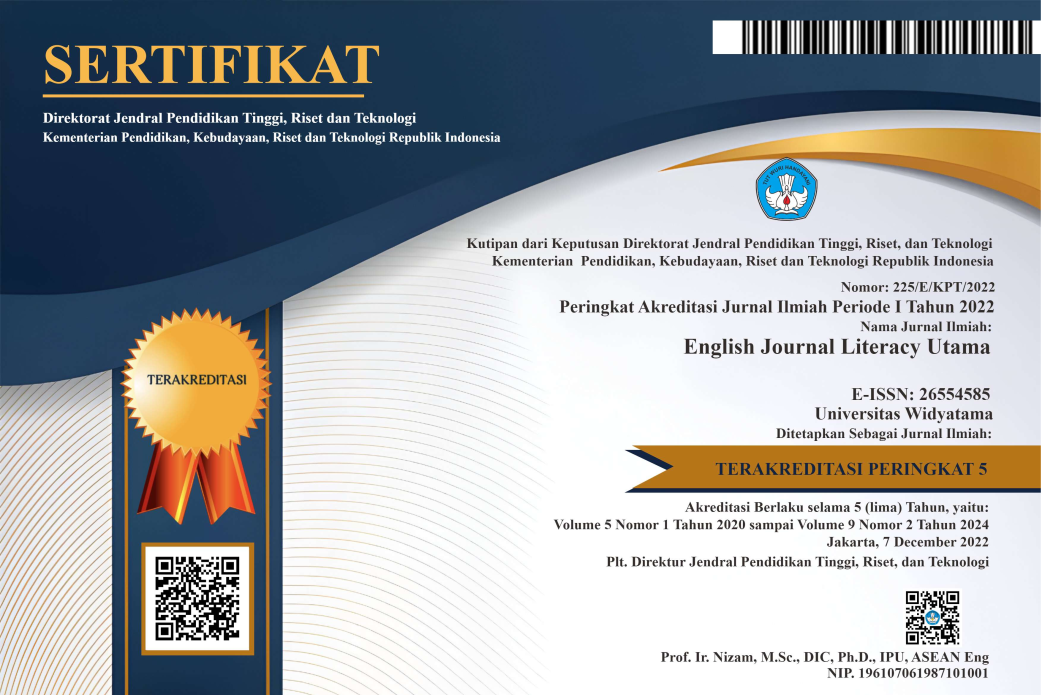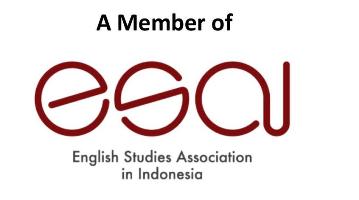
Plagiarism Policy
All submitted papers will be checked off their similarity via plagiarism software.
When plagiarism is identified, the Editor in Chief responsible for the review of this paper and will agree on measures according to the extent of plagiarism detected in the paper in agreement with the following guidelines:
Level of Plagiarism
1. Minor :
A short section of another article is plagiarized without any significant data or idea taken from the other paper
Action: A warning is given to the authors and a request to change the text and properly cite the original article is made
2. Intermediate:
A significant portion of a paper is plagiarized without proper citation to the original paper
Action: The submitted article is rejected, and the authors are forbidden to submit further articles for one year
3. Severe:
A significant portion of a paper is plagiarized that involves reproducing original results or ideas presented in another publication
Action: The paper is rejected, and the authors are forbidden to submit further articles for five years.
If the second case of plagiarism by the same author(s) is identified, a decision on the measures to be enforced will be made by the Editorial board (Editor-in-Chief and Editorial members) with the Chair of the Editor in Chief. The author(s) might be forbidden to submit further articles forever.
This policy also applies to material reproduced from another publication by the same author(s). If an author uses text or figures that have previously been published, the corresponding paragraphs or figures should be identified and the previous publication referenced. It is understood that in case of a review paper or a paper of tutorial nature, much of the material was previously published.
The author should identify the source of the previously published material and obtain permission from the original author and the publisher. If an author submits a manuscript to English Journal Literacy UTama with significant overlap with a manuscript submitted to another journal simultaneously, and this overlap is discovered during the review process or after the publications of both papers, the editor of the other journal is notified, and the case is treated as a severe plagiarism case. Significant overlap means the use of identical or almost identical figures and identical or slightly modified text for one half or more of the paper. For self-plagiarism of less than one half of the paper but more than one-tenth of the paper, the case shall be treated as intermediate plagiarism. If self-plagiarism is confined to the methods section, the case shall be considered as minor plagiarism.
If an author uses some of his previously published material to clarify the presentation of new results, the previously published material shall be identified, and the difference to the present publication shall be mentioned. Permission to republish must be obtained from the copyright holder. In the case of a manuscript that was originally published in conference proceedings and then is submitted for publication in English Journal Literacy UTama either in identical or in expanded form, the authors must identify the name of the conference proceedings and the date of the publication and obtain permission to republish from the copyright holder. The editor may decide not to accept this paper for publication.
However, an author shall be permitted to use material from an unpublished presentation, including visual displays, in a subsequent journal publication. In the case of a publication being submitted that was originally published in another language, the title, date, and journal of the original public.













